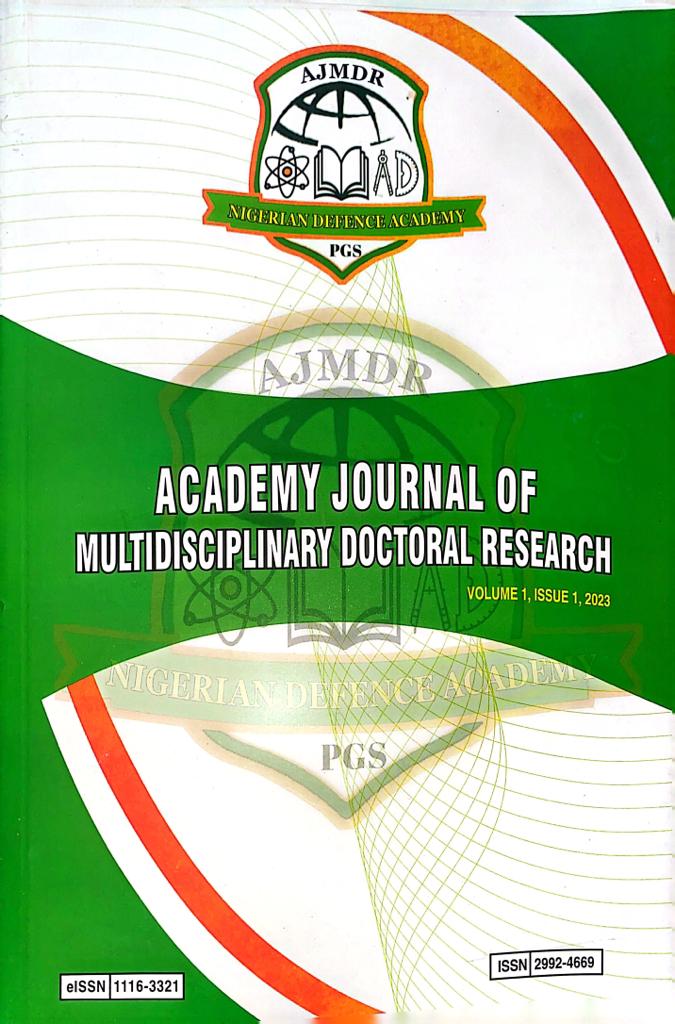Effect of Varying Voltage on Electro-Kinetic Remediation of Crude Oil Contaminated Soil
Keywords:
Voltage gradient, contaminated soil, Total Petroleum Hydrocarbon (TPH), Electrokinetic remediation and Removal efficiencyAbstract
Electro-kinetic remediation (EKR) is a soil remediation technology that has been found to be effective in treating soils contaminated with various types and amounts of pollutants. However, research has shown that EKR can be improved by several strategies for more effective performance. This study investigated the effect of varying voltages on the electro-kinetic (EK) remediation of crude oil-contaminated soil. Crude oil-contaminated soil (COCS) was obtained from a polluted area near an oil field in Port Harcourt, Nigeria. During the remediation process, voltage was varied at 15V, 30V, 45V, and 60V, with volt gradients of 0.5, 1.0, 1.5, and 2.0V/cm, respectively. Throughout the experiment, 0.05 ml of sodium dodecyl sulphate (SDS) and 0.1 ml of sodium sulphate (NaSO4) were used as electrolytes for both catholyte (base) and anolyte (acid), respectively. The total petroleum hydrocarbon (TPH) content of the COCS was 80,000 mg/kg. This value exceeds the permissible limits for soils and thus needs to be remediated before being used for any engineering purpose. The average removal efficiency after EK remediation improved progressively for EKR-15V, EKR-30V, EKR-45V, and EKR-60V at 27%, 49%, 56%, and 77%, respectively. The electrokinetic remediation enhanced the formation of more oxides and increased their concentrations. Although EKR-60V had the highest remediation efficiency, for all the EKR soils, the silica content increased while calcium oxide (CaO) increased for only EKR-30V and EKR-45V; hence, soil strength improved due to enrichment to become a silicate laterite. Hence, for more efficiency in EKR technology, higher voltage should be incorporated for remediating COCS.
Downloads
Published
Issue
Section
License

This work is licensed under a Creative Commons Attribution 4.0 International License.
This is an open-access journal which means that all content is freely available without charge to the user or his/her institution. Users are allowed to read, download, copy, distribute, print, search, or link to the full texts of the articles, or use them for any other lawful purpose, without asking prior permission from the publisher or the author.
The Authors own the copyright of the articles.





